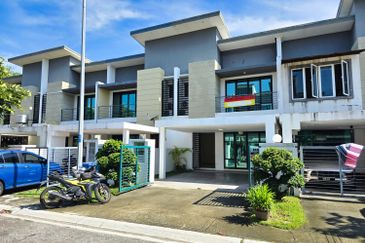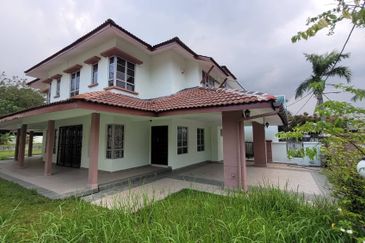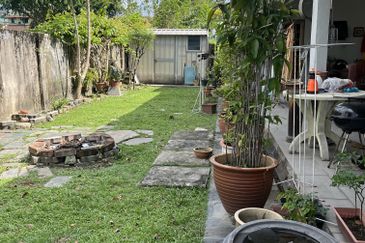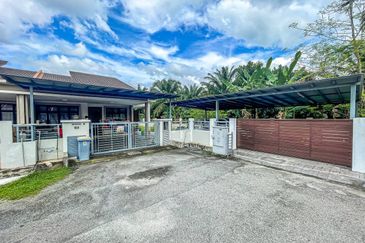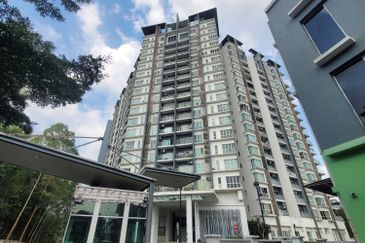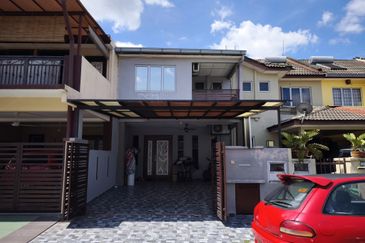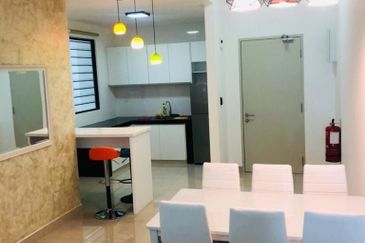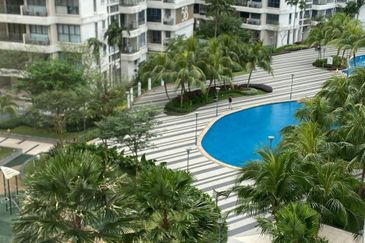
KUALA LUMPUR (Dec 8): MIDF Research said it sees a lack of catalyst ahead for listed players in the construction sector, despite the government’s effort to stimulate the economy through the sector.
“If you look at the [recent] Budget, there are a lot of potential construction jobs but what we see is that there is some de-emphasis on the government in terms of mega projects like there is no mention of Mass Rapid Transit Line 3 (MRT3) for example. Secondly, a lot of the construction projects and the development expenditure (DE) most likely will benefit smaller non-listed players.
“[Instead], they talk about making it easier for the smaller contractors to win jobs. What we see is there is no catalyst for the listed players,” MIDF Research head of research Imran Yassin Md Yusof said at the research firm’s 2022 market outlook presentation here on Tuesday.
During the tabling of Budget 2022 in October, the government allocated RM3.5 billion for national infrastructure development projects, such as the construction of the Pan Borneo Highway and Central Spine Road to ensure that efforts to stimulate economic recovery are intensified.
Since then however, there have been other developments pertaining to other mega projects such as the East Coast Rail Link (ECRL) and the High Speed Rail (HSR).
Last Thursday (Dec 2), Malaysia Rail Link Sdn Bhd (MRL) and China Communications Construction Company Ltd (CCCC) reached a mutually beneficial agreement based on the estimated construction cost of the East Coast Rail Link (ECRL), which remains at RM50.27 billion.
This comes after the Selangor government allowed the proposed ECRL to pass through the State’s northern region, according to Menteri Besar Datuk Seri Amirudin Shari.
Prior to that, Singapore Prime Minister Lee Hsien Loong said the republic is open to fresh proposals from Malaysia on the KL-Singapore HSR project, although both countries had previously agreed to terminate the project. On Nov 29, Lee said both countries’ Transport Ministries would discuss the matter and Singapore looked forward to receiving more details from Malaysia.
When asked to comment on whether Malaysia should seek the revival of the HSR, Imran Yassin noted that the cross-border rail project would obviously bring benefits in terms of connectivity, though he did wonder if the government is able to afford it, as well as if the economic benefits would outweigh the cost.
“Let's say for the sake of argument, I'm not saying it will or it will not, but if it goes on. For it to be a catalyst to the construction sector, it needs to be done the following year if they were to revive the HSR. It will not be next year as most likely they would have to review again...unless they dismiss the agreement and start a new one.
“They have to do the tendering process so it might take some time to actually see the benefits in the construction sector. So that is why for next year, we do not think that the construction sector is going to have any catalyst even if they announced the HSR, for example,” he said.
To recap, the KL-Singapore HSR agreement lapsed on Dec 31, 2020, with Malaysia forking out a total of S$102.8 million (RM320.07 million) to Singapore as compensation for aborting the project.
The estimated cost of the construction of the HSR project was last quoted at around RM60 billion, compared with its original price tag of RM110 billion.
The project was first announced in September 2010 by former Prime Minister Datuk Seri Najib Razak.
The infrastructure project was slated for completion in 2026. The proposed 350km Kuala Lumpur-Singapore HSR project was put on hold after the change of government in Malaysia in 2018, due to its high cost.
“In terms of other projects as well, there is some news on that but that is more of a continuation where most likely those projects are already in the order books of some of the construction players. For 2023, we have to see at the end of next year whether there is a catalyst or not,” added Imran Yassin.
For next year, MIDF Research has rated the construction sector to be "neutral" as opposed to "positive" previously.
However, the research firm maintained a positive outlook on sectors such as automotive, banking, consumer, oil and gas, plantations, technology, healthcare and media.
Meanwhile, it had neutral views on the aviation, property, power, real estate investment trusts (REITS), gloves, telco as well as transport and logistics sectors.
Get the latest news @ www.EdgeProp.my
Subscribe to our Telegram channel for the latest stories and updates
TOP PICKS BY EDGEPROP
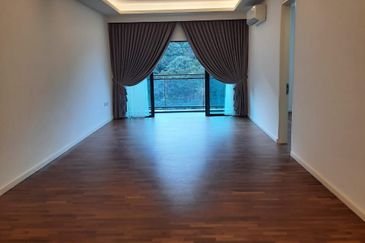
Kaleidoscope Residence
Wangsa Maju, Kuala Lumpur

SS 21, Damansara Utama
Petaling Jaya, Selangor




